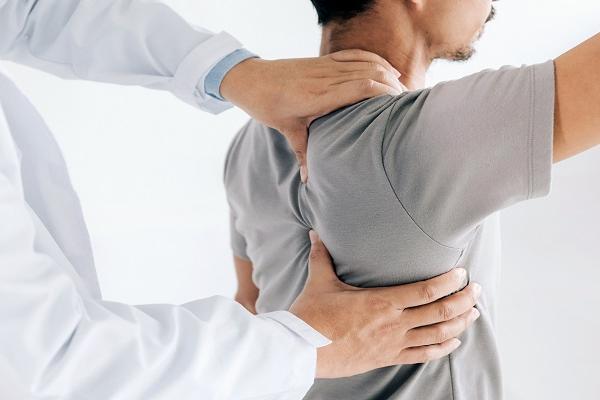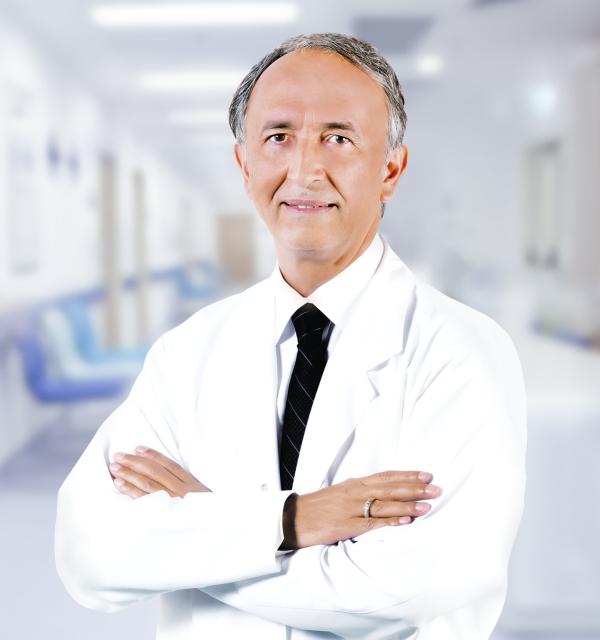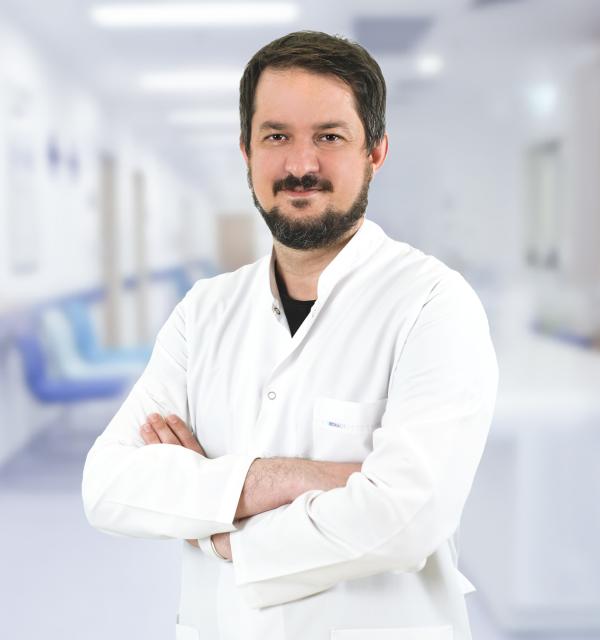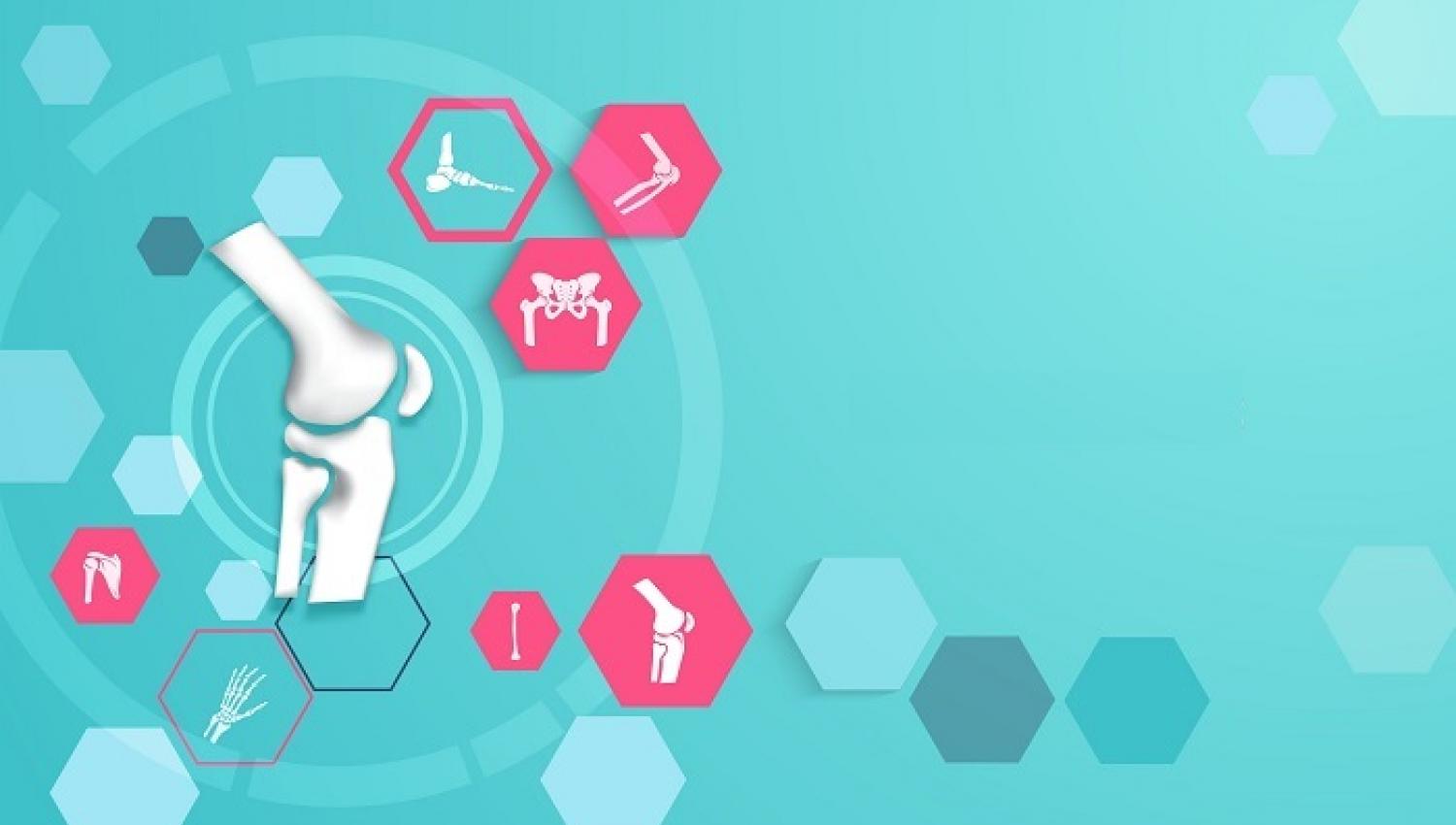Shoulder pain, which is the most common problem after back and neck pains, can seriously affect daily life. Yeditepe University Koşuyolu Hospital Orthopedics and Traumatology Specialist says that the shape of shoulder pain varies according to the underlying problem.
The shoulder joint is the most mobile and complex joint of the human body. In fact, this feature is one of the main reasons why shoulder pain is so common. The shoulder joint consists of the collarbone, shoulder blade, and arm bone. However, the soft tissues around the joint are as important as the bone structures for the joint to have a solid structure. For this reason, soft tissue lesions often occur in the shoulder region. Yeditepe University Kosuyolu Hospital Orthopedics and Traumatology Specialist reminded that the treatment of shoulder pain that occurs without trauma in the chronic process (in the long term) in shoulder pain is primarily conservative (non-surgical) treatments and gave information about the problems that may occur in this region and solution suggestions...
Shoulder Pain Increasing with Movement
On the joint capsule, some bonds connect the bones called ligaments. Above these ligaments are the tendons of the muscles that move the shoulder joint, and these are defined as the tendons that hold the muscles that move the shoulder to the bone. There are 4 important tendons surrounding the shoulder called rotator cuff (rotator cuff) and their tears are therefore very important. This condition, which is especially complained about by housewives, occurs after tightness in the muscles that are an extension of the shoulder blade. Stating that the feeling of pain in movements such as lifting the arm in the air and directing it backward are among the symptoms of the impingement problem, our specialist states that the pain starting from the shoulder and extending to the arm is among the most characteristic symptoms. In addition, a feeling of getting stuck while moving the shoulder joint can also be observed. For this reason, stating that the detailed history of the patient is important when making a diagnosis, our specialist said, "Following a detailed and physical examination, auxiliary imaging methods are used. In cases where rotator cuff tear is suspected, MRI (magnetic resonance imaging) examination is requested."
Frozen Shoulder is Common in Diabetes and Thyroid Patients
There is a joint sheath in the capsule surrounding the shoulder joint. In cases that cause adhesion in the capsule, the problem referred to as a frozen shoulder occurs. According to the information provided by our specialist, the problem of a frozen shoulder occurs especially in people with diabetes and thyroid (hypothyroidism) disease, with the inability to use their arm as a result of pain in the shoulder for any reason. The patient complains that the pain increases as they use their arm. Although the pain decreases as the arm is not used, there is an increase in shoulder movement limitation. Eventually, a vicious cycle between pain and limitation of movement occurs. Explaining that the most common symptom of a frozen shoulder is the pain that increases when the patient lifts the shoulder forward and sideways, our specialist said, "In the treatment, it is necessary to reduce the patient's pain first and then increase the range of motion with shoulder exercises. In stubborn cases, it may be necessary to increase the range of motion of the shoulder with closed methods (arthroscopy)."
Beware of Shoulder Pain Increasing at Night
Drawing attention to shoulder pain that increases especially at night, our specialist said, "Such pain may be caused by nerve compression or arthritis (arthrosis) in very advanced cases, as well as bone and soft tissue tumors around the shoulder may show similar symptoms. Therefore, this point should not be overlooked in the differential diagnosis. The diagnosis can be made by X-ray."
Problems in the Cervical Vertebrae Can Also Cause Shoulder Pain
In some cases, shoulder pain may also be due to problems in the cervical vertebrae in the neck region. Stating that patient examination is important to exclude this cause, our specialist said, "If impingement syndrome is suspected, a local anesthetic injection can be applied into the space above the acromion bone. The decrease in pain leads us to diagnose impingement syndrome. In fact, it is both a diagnosis and a treatment method."
Aim to Reduce Pain in the Shortest Time
Stating that the aim of the treatment of shoulder pain, regardless of its cause, is to reduce pain and enable the patient to return to their daily life as soon as possible, our specialist explains that the treatment of shoulder pain that develops in the chronic process (long term) without trauma is primarily conservative (non-surgical) treatment. He explains the following about the general treatment approach: "For this purpose, painkillers and anti-inflammatory drugs are used for 3 weeks. As the pain decreases, exercises are started to strengthen the rotator cuff muscles. These exercises are very important to prevent the recurrence of the complaints. When the muscles are strengthened, the displacement of the shoulder head upwards and the compression of the shoulder head under the acromion are prevented. In some cases, if necessary, therapeutic applications such as cortisone injection to the shoulder can be performed."
Closed Surgery is Preferred with a 90 percent Probability
If successful results cannot be obtained with conservative methods or if a large muscle tear is detected, surgical treatment comes to the agenda. Drawing attention to the importance of surgery to be performed by orthopedics and traumatology specialists who specialize in the shoulder, our specialist continued his words as follows: "Surgery is performed with closed methods in more than 90 percent of patients. In arthroscopic surgery, which is performed with the help of a scope through 4-5 holes of 1 cm in the shoulder, shaving of bone protrusions, suturing tendon tears, if any, and shaving and removing the tip of the collarbone in cases with calcification in the acromioclavicular joint between the collarbone and the scapula can be successfully performed."
”




